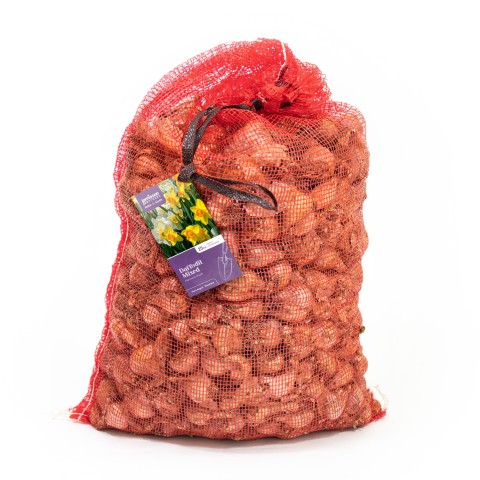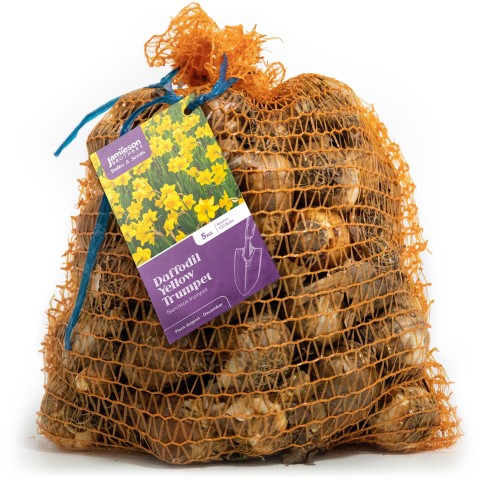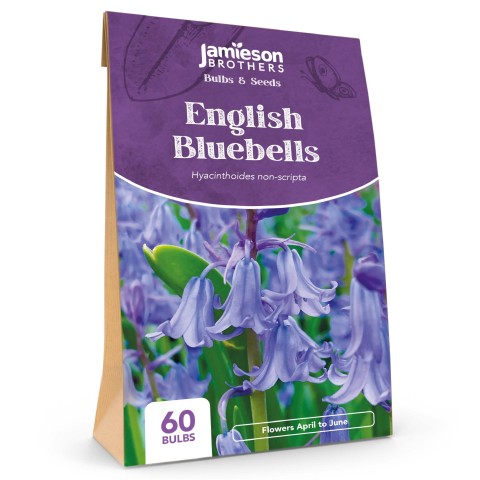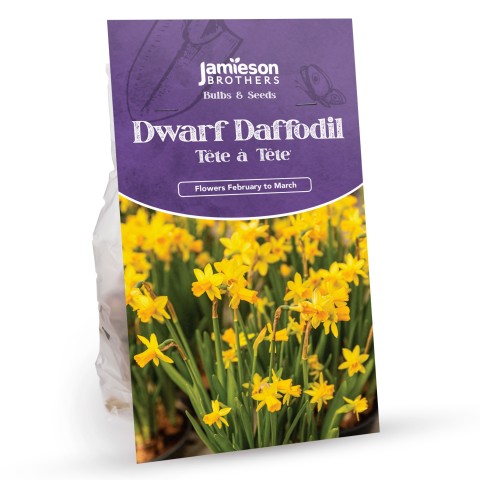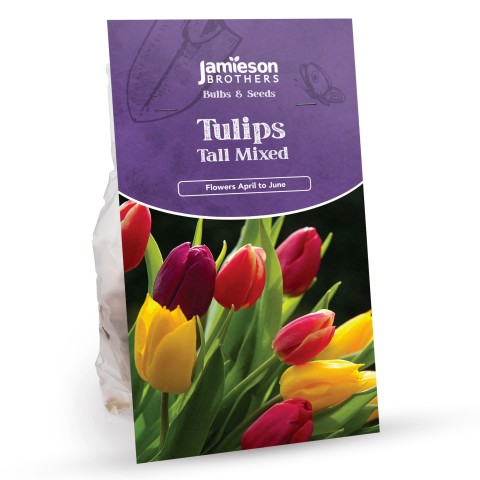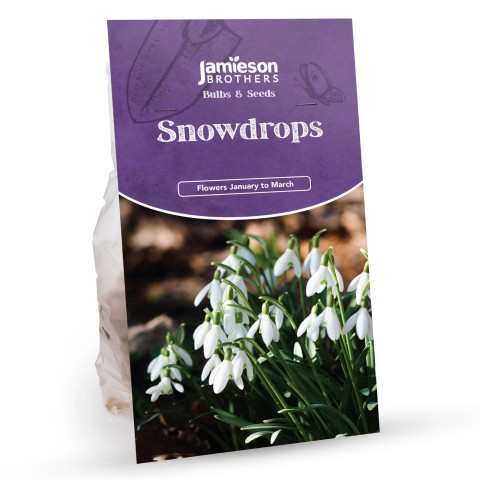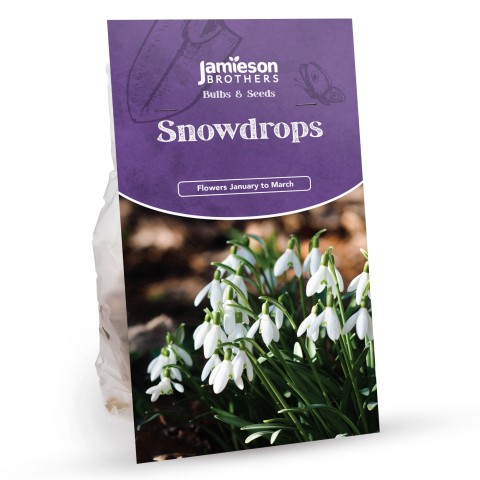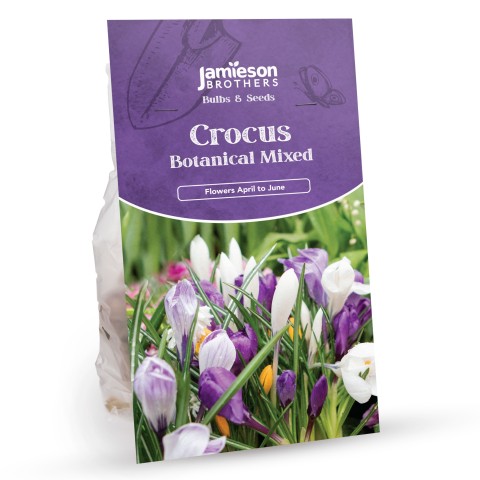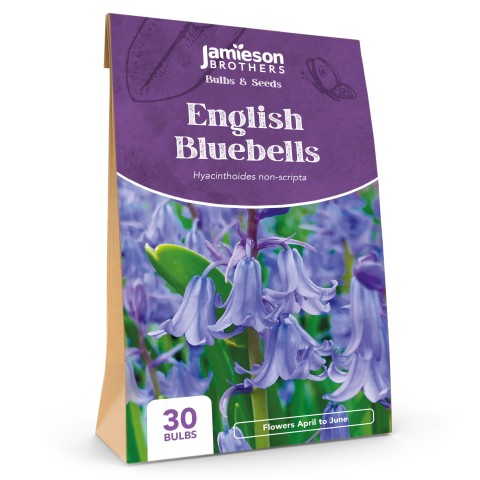Garden with Jonny Tulip Queen of Night
Garden with Jonny Tulip Queen of Night (12 Bulbs)
Tulip Queen of Night produces velvety maroon-purple flowers that are so dark they appear almost black. Growing to 50–60 cm in height, they bring depth and contrast to spring plantings, especially when paired with paler tulips or other bulbs. Reliable and upright, they suit borders, beds, and containers, and also work well as cut flowers.
Planting Guide
-
When to Plant: September to November
-
Depth: 10 cm
-
Spacing: 8–10 cm apart
-
Position: Sunny or lightly shaded site with well-drained soil
-
How to Plant: Place bulbs pointed side up, cover with soil, firm gently, and water in well
Care Advice
Keep soil moist during growth but avoid waterlogging. Deadhead flowers once they fade, leaving the foliage in place until it dies back naturally to help the bulb store energy for the following season. In heavy soil, tulips can be lifted after the leaves die back and stored in a cool, dry place until replanting.
What to Expect
Plant in autumn for blooms in mid to late spring. Upright stems reach 50–60 cm tall, carrying dark maroon flowers that add strong contrast in beds, borders, and containers.
Overview
Queen of Night – 12 Bulbs
Tulip 'Queen of Night' is known for its velvety maroon petals so deep in colour they appear almost black. Standing tall at 50–60 cm, these tulips create a striking contrast in spring borders and beds, adding elegance and depth to any planting scheme.
- When to Plant: September to November.
- Depth & Spacing: Plant 10 cm deep and 8–10 cm apart.
- Position: Full sun or partial shade, in well-drained soil.
- Height: 50–60 cm.
Care Advice
Water after planting and during dry spells in the growing season. Avoid waterlogging, as tulip bulbs prefer free-draining soil. After flowering, allow the foliage to die back naturally to feed the bulb for the following year.
What to Expect
In mid to late spring, expect tall stems topped with dark maroon flowers that appear almost black in certain light. Ideal for dramatic planting combinations and for adding strong contrast among lighter-coloured tulips.







